4 Ways to Battle Rising Costs for Building Materials

Posted on Aug 24, 2022
If you’re in the remodeling industry, you’ve felt the pain of increased prices for building materials over the last couple of years. Overall, they increased by more than 30% from January 2020 to the end of the first quarter of 2022, according to the U.S. Bureau of Labor Statistics. When these rising prices are added to supply chain disruptions, higher labor costs, and a slew of other economic worries in the industry and beyond, the financial picture for remodeling contractors can look bleak.
“We have a profit margin that we have to stick with in order to stay profitable and stay operating,” says Johnny Dove, customer service manager at Titan Remodeling. But there are still ways to beat the dreary outlook. Here are four tips to deal with the price increases and supply chain delays — and hopefully come out even stronger on the other side.
1. Focus on your reputation. “What’s really being impacted is our reputation and our relationships with customers,” Dove says. Customers can get frustrated by unexpected project delays and price increases. The solution? Honesty and constant communication, Dove says. Make sure your customers know exactly what’s going on with their project, why there are issues, and what you’re doing to help them out.
Customers talk, and strengthening your reputation as a straight talker now means more prospective clients later. “We can form some really strong customer relationships during this time that will benefit us when life goes back to the way it used to be,” Dove says.
2. Be flexible wherever you can. With the building materials supply chain in disarray and big price increases a grim reality, contractors have to keep an open mind just to survive, let alone thrive. This could mean finding good-quality alternatives for products and brands you prefer and rely on but that are now unavailable or too expensive. Or you can shift or expand your offerings if your primary line of business isn’t profitable enough anymore.
“We can stay laser-focused on our goal that was our goal two years ago, or we can adapt and change with the market and start providing folks with some options that are going to solve their problems and still put a little bit of cash in our pocket,” Dove says.
3. Don’t sell yourself short. “Contractors are generally reluctant to raise prices, so they may do it only every six months,” says Don Kluthe, COO and president of AmeriFirst, a division of First National Bank of Omaha. “But inflation is not that measured, so in some cases, they’re eating those increases and costs until they can raise prices.”
Sometimes, contractors try to increase the volume of projects to make up for smaller profit margins, but Kluthe doesn’t see that as a sustainable strategy. “It’s hard to make up losses on volume when you’re making less money on every job,” he says. And with labor shortages, volume increases are even less viable.
In periods of inflation, it’s important to evaluate your costs more regularly and raise prices as needed. Be straightforward with your consumers and they’ll understand.
4. Find financing that works for consumers and you. Remodeling cost increases are going to happen, so focusing on how your consumers fund their project is crucial.
For example, when customers pay with plastic, you may be forced to charge them more to cover the credit card fees. But there are financing options out there that are low or no cost for you so you don’t have to raise the price tag on the project.
Partner with a financing company that will work hard to get your customers approved and can offer low monthly payments for them and financial benefits for you. “Do your homework on finance providers,” Dove says. “When we’re financing a project, we want every piece of that pie that we can possibly get.” Look for providers that don’t charge you steep discounts — and see if they have other financial incentives. For instance, the First-Look Rewards program from AmeriFirst pays contractors 1% of the balance of every funded loan if they use the company as a first-look lender. “One percent of that financed amount is a meaningful number,” Kluthe says. “It can add up to 10% to the profit margin.”*
Source: Remodeling.net
How Can We Help?
Send the team a message, we will get back at your with a quotation.
Contact
Give us a call
(301) 343-9135Send us an email
[email protected]